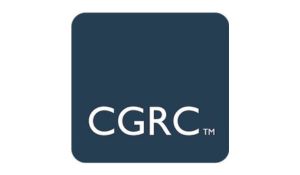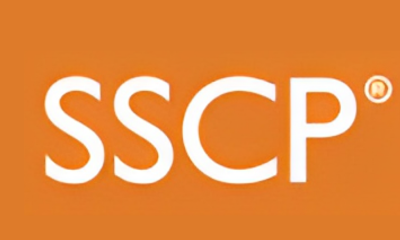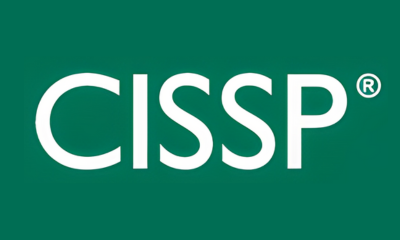Software development is more than simply code anymore. It also entails writing secure code to prevent vulnerabilities. The CSSLP certification from (ISC)2 is intended for software professionals and security experts who want to apply best practice's to all phases of the "Software Development Lifecycle." The CSSLP certification demonstrates that you have the advanced abilities required to design, develop, and deploy security practice's throughout the SDLC.





















